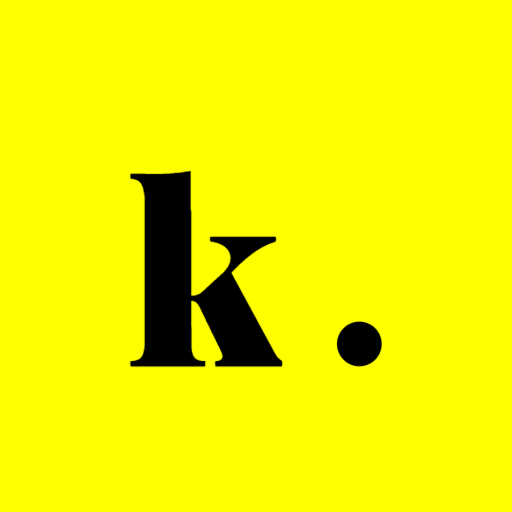476 reads
Introducing The Web Animations API and @okikio/animate
by
June 11th, 2021

Software Developer @vercel, Maintainer @astro.build, Creator of bundlejs.com & inthistweet.app
About Author
Software Developer @vercel, Maintainer @astro.build, Creator of bundlejs.com & inthistweet.app